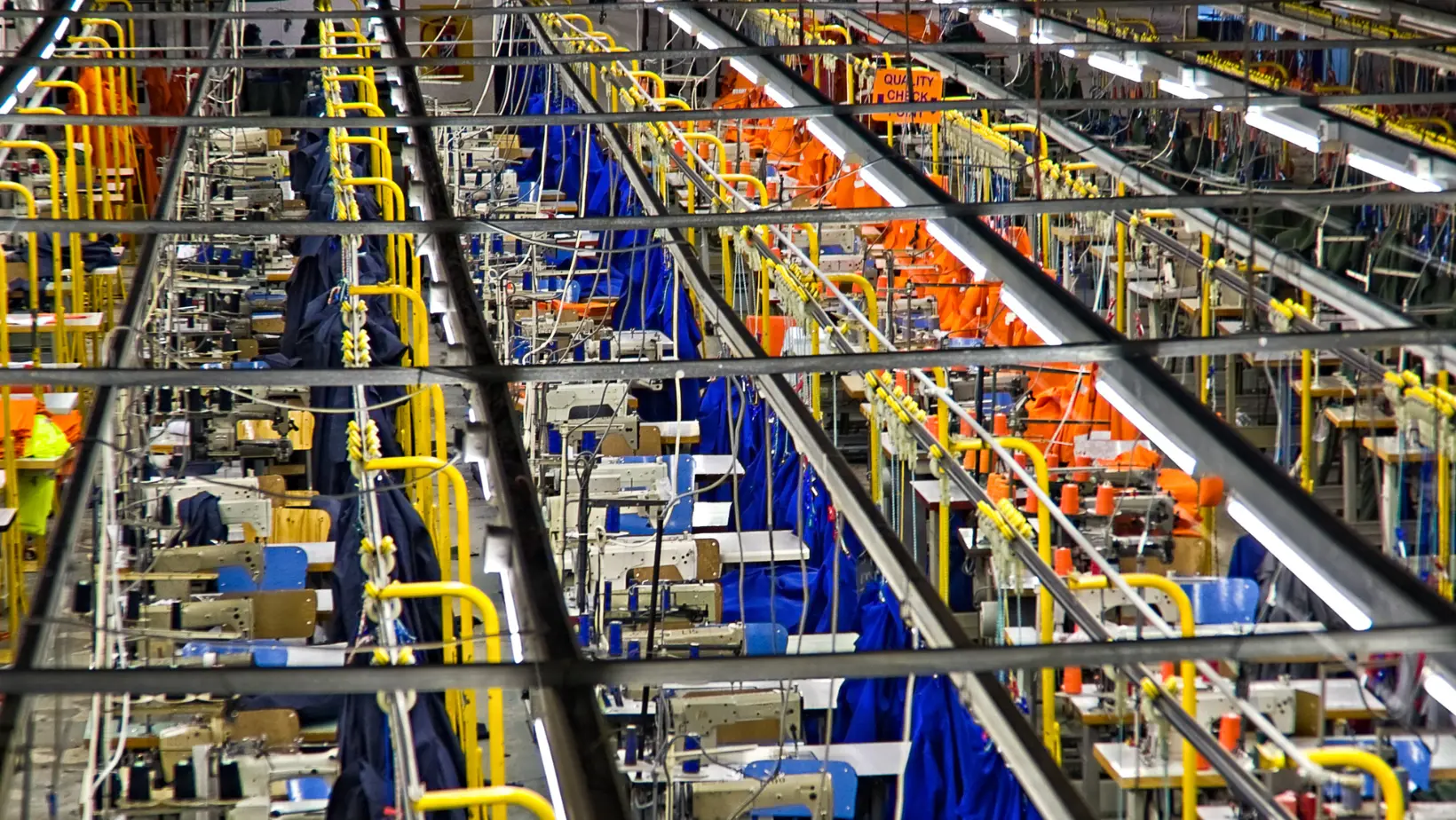In recent years, India has emerged as a global powerhouse in the garment manufacturing industry. The country’s robust textile infrastructure, skilled workforce, and competitive costs have attracted both domestic and international brands to establish their manufacturing units. A significant factor contributing to India’s success in the garment manufacturing sector is the presence of well-defined regional hubs. These clusters act as catalysts, fostering collaboration, efficiency, and specialization. In this blog post, we will explore some of the prominent garment manufacturing clusters in India and understand why they are vital to the industry’s growth.
1. Tirupur, Tamil Nadu
Tirupur, often referred to as the “Knitwear Capital of India,” is one of the largest garment manufacturing clusters in the country. Located in the southern state of Tamil Nadu, Tirupur specializes in the production of knitted garments. The cluster’s success can be attributed to its strong backward integration, well-established supply chain networks, and skilled workforce. Tirupur’s close proximity to major ports and excellent connectivity makes it an ideal location for exports.
2. Ludhiana, Punjab:
Ludhiana, situated in the northern state of Punjab, is a renowned garment manufacturing cluster with a focus on woolen and winter wear. The city’s textile industry has flourished due to its access to high-quality wool, skilled labor, and favorable business environment. Ludhiana has become a preferred destination for brands looking to manufacture sweaters, jackets, and other woolen garments.
3. Noida, Uttar Pradesh:
Noida, part of the National Capital Region (NCR), has evolved into a major garment manufacturing hub. Its proximity to New Delhi and excellent infrastructure have attracted several garment manufacturers. Noida specializes in the production of ready-made garments, including formal wear, casual wear, and sportswear. The cluster’s strategic location, availability of skilled manpower, and supportive government policies have fueled its growth.
4. Ahmedabad, Gujarat:
Ahmedabad, the largest city in Gujarat, is a thriving garment manufacturing cluster known for its cotton-based textiles. The city’s textile industry benefits from abundant cotton production in the region, coupled with a skilled workforce and favorable business environment. Ahmedabad’s expertise lies in the production of fabrics, ethnic wear, and traditional Indian garments.
5. Kolkata, West Bengal:
Kolkata, the capital city of West Bengal, has a rich history in the textile and garment manufacturing industry. The city’s strategic location near the Bay of Bengal enables easy access to raw materials and global markets. Kolkata specializes in manufacturing a diverse range of garments, including sarees, ethnic wear, and handloom products. The cluster’s craftsmanship and traditional techniques make it a unique destination for garment production.
Conclusion:
Garment manufacturing clusters in India play a vital role in the country’s textile industry. These regional hubs not only offer specialized manufacturing capabilities but also foster innovation, collaboration, and efficient supply chains. The clusters mentioned in this blog post are just a glimpse of the diverse garment manufacturing landscape in India. As the industry continues to evolve, these clusters will contribute to India’s position as a global leader in garment manufacturing, catering to both domestic and international markets
For Reliable garment manufacturing solutions contact Indiseam Today: https://indiseam.com/contact-us/

